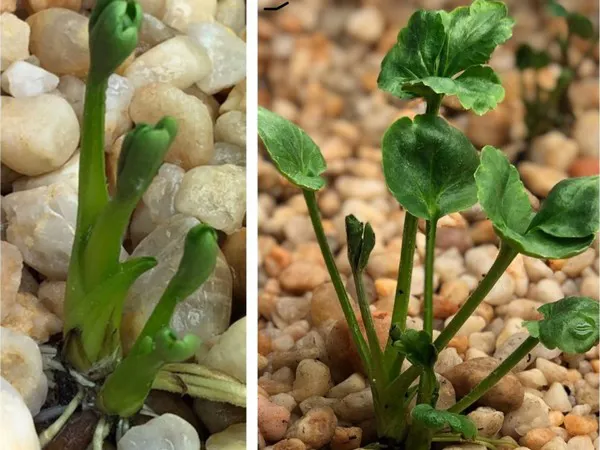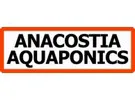Our flower farm, Grateful Gardeners, is a 1 acre plot in Boyds, MD, providing fresh, organic cut flowers to the local market. We are big believers in green practices like aquaponics.
by Tom Precht
While vegetables are grown readily and with great success, flowers have not been fully attempted and investigated (with a few notable exceptions). We decided to implement a pilot study of whether or not we could grow a few different forms of flowers; Zinnias (seed), Ranunculus (corm), Dahlia (tuber), and Dahlia (cutting).
We started with a basic DIY Barrelponics system, built from the free online plans out of 3 x 55 gallon food grade plastic barrels. We had very little money to invest in this and so we decided to use pea gravel as our grow media (a decision we would regret later as all the manuals show out there) because it was less expensive than Hydroton.

We started with Tilapia fingerlings once the system was cycled. Initial results were promising, we saw rapid growth of Ranunculus corms, Dahlia cuttings, and Zinnia seeds in the system. Tubers did not seem to take off, but the quality of the tubers may have been an issue. The images of the growth show the speed with which they developed. The pea gravel started to create some pH issues and because we were not in a fully insulated space, and this was November and December, we couldn’t regulate water temperature adequately.
We eventually lost all the fish and had to shut the system down early. We are only now restarting the system in a newly built greenhouse which we hope to be able to heat through the winter months to try these same experiments again.
For more information: Anacostia Aquaponics
Anacostia Aquaponics
anacostiaaquaponics.org
